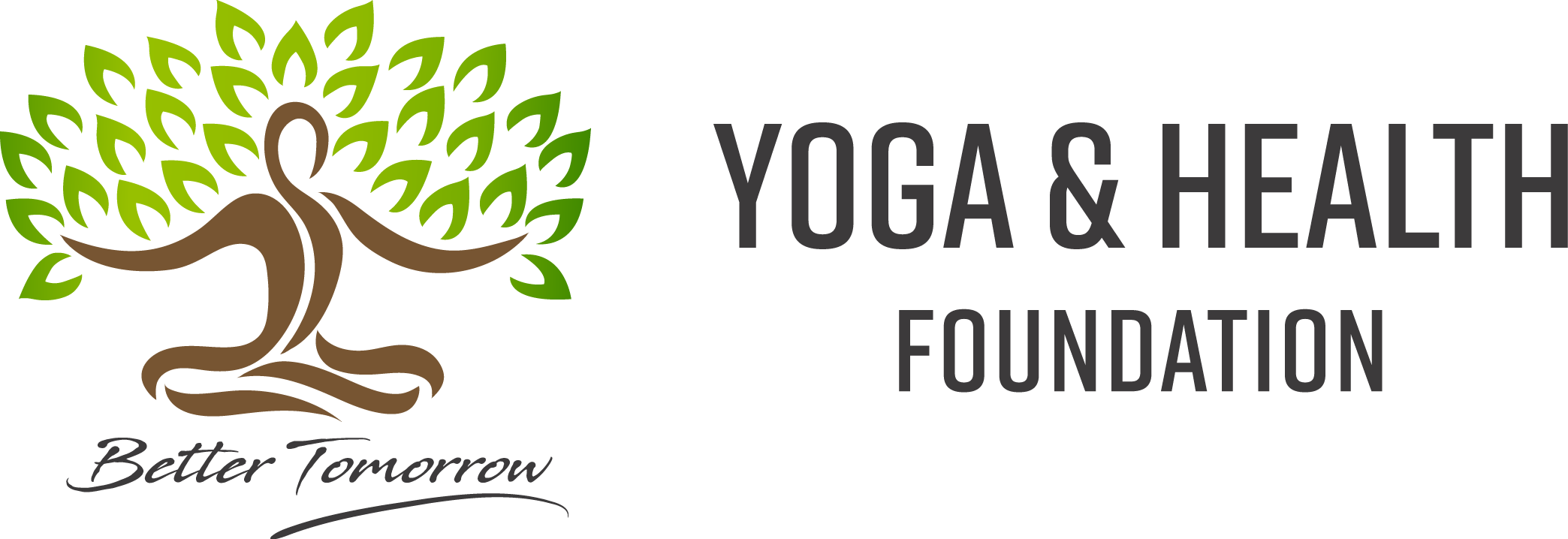Sutra means thread, formula or a principle expressed in a few words. Yoga would mean add or to connect or put together. In order to guide the humanity to spiritual discipline via meditation, sage Patanjali wrote “Yoga Sutra” some 1500 years ago, in around 500 AD.
The book of yoga consists of four chapters. Chapter 1, the Yoga and its aims, has 51 sutras. The remaining 3 chapters are: chapter2: Yoga and its practices (55sutras), chapter 3: Yoga and its powers (56 sutras) and chapter 4: Liberation or Samadhi (33 sutras).
We shall now describe, in short, the essence, meaning and the purpose detailed in each chapter. In chapter 1, the first sutra, is a style of starting a book, as is common in any old Sanskrit work. “Ath Yoganusashanam”, meaning, here begins the instruction of Yoga. Remember the word ath meaning “here we begin”. The second sutra is the key to the whole book. It defines what yoga is and possibly what it is not. “Yogah chitta vritti nirodhah”. Yoga is the control of the wavering mind. Yoga is not a hard physical exercise. A yogi is not a muscular person. His/her body would be smooth, without muscles, as yoga focuses on flow of blood in one’s arteries and veins.
Yoga is thus a method of using human psychology to align one’s mind to becoming a benevolent, kind and clear thinking person who always thinks good of others and the environment around him/her. He/she will thus attain equanimity as Krishna would say in Geeta,”Samatvam yoga uchyate”. Yoga practices consist of breathing exercises, physical postures that would lead to the final destination of the Samadhi state of profound absorption, all the time focusing on one’s inner most thoughts. As poet Kalidasa said in his Abhigyan Shakuntalam, “Pramaanam antahkaran pratyayah” meaning, the ultimate truth (God) lies in your innermost thoughts. Also, Krishna says in Geeta-“Yada samharate chayam, kurmoanganeeva sarvashah”, as the turtle withdraws his limbs at sensing danger, this is how you withdraw your thoughts from the worldly attachments.
Before one proceeds to understand the theory behind Yoga, one must keep track of three things. 1. Mind, 2. Prakriti, the physical world, made out of three gunas (characteristics) namely, satva, the pure truth, rajasa, the worldly pleasures and the tama, the dark or negative thinking; and lastly, 3. Atman, the super consciousness or spirituality which is reached by attaining the Samadhi state. That is the aim of Yoga.
Now, coming back to chapter 1, there are five kinds of thought waves. 1. Right knowledge, 2.wrong knowledge, 3. Verbal delusion, 4. Sleep and 5. Memory. (sutra 6: Praman- viparyaya- vikalpa- nidra- smritayaah). They are controlled by practice and non-attachment. (Sutra 12: Abhysvairagyabham tannirodhah). Concentration of true spiritual aspirant is attained through faith, energy, recollectedness, absorption and illumination (sutra 20: shraddha-virya-smriti-samadhi-pragya purvak itaresham). Concentration may be attained through devotion to God (sutra 23: Ishwara pranidhanadwa). In Him, knowledge is infinite, in others, it is only a germ. The word that expresses Him is Om. (sutra 27: Tasya vachak Pranavah).
There are two types of Samadhi (the ultimate absorption state), one savikara or sabeeja, with seed and the other nirvichara or nirbeeja or without seed. When the object of concentration is subtle object, the primal cause; or Prakriti, the Samadhi is called the savichara or sabeeja Samadhi. When the object of concentration is the Atman, the pure truth, it is the nirvichara or nirbeeja Samadhi. (Sutra 48: Ritumbhara tava pragya)
Chapter 2, sutra 1 says, the preliminary steps to Yoga are: austerity, study and dedication of the fruits of one’s work to God, that is, detachment. There are eight limbs of Yoga: 1. Yama: abstention from evil doing, 2. Niyama: following strict code of conduct. 3. Asana: postures 4. Pranayama: life force. 5. Pratyahar: withdrawal from sense object, 6. Dhaarana: concentration.7. Dyaana: meditation and 8. Samaadhi: absorption. (sutra 29).
Chapter 2, then, in sutra 46 introduces asana, the postures, “sthir sukhaasanam”, meaning that the asana or postures is to be seated in a position which is firm but relaxed. Then after mastering posture, one must practice control of the praana (pranayama), the life force, by stopping the motions of inhalation and exhalation.
Chapter 3 relates to obtaining mystic powers (samyama) by mastering the three: 1. Dhaarna (concentration), 2. Dyaana (meditation) and 3. Samaadhi (absorption). (sutra 4: Trayamekatra samyama).
Chapter 4 is entitled “Liberation”. The very first sutra sets up the source of obtaining mystic powers. It says: Janma aushadhi mantra tapahsamadhijaha siddhyah. That is, the psychic powers can be obtained either by birth, or by medicines or by the power of words or by practice of austerities or by concentration (Samadhi). The ego sense alone can create minds (sutra 4). Of the various types of minds, only that which is purifies by Samadhi is freed from all latent impressions of karma and from all cravings. (Sutra 6: tatra dhyanjamanaashayam).
PRANAYAM- the breathing exercises. Prana means life or life force. Pranayam means that concerns the life force. The following seven pranayams can be practiced every day. They will fill energy before one goes for the asanas or postures.
1 Bhastrika: Sit down in easy pose (Sukhasana) or lotus pose (Padmasana). Breathe regularly via lungs for 5 minutes. Inhale for a 2.5 seconds and exhale for 2.5 seconds. Cancer patients should do it for 10 minutes (Yoga guru Ramdev)
2 Ujjayee: Inhale breath strongly through nose with tighten throat. Make sure there is no force on ear drums. It is good for asthma, snoring and bronchitis.
3. Anulome-Vilome: Press right hand thumb on the right nostril and breathe in, and then press right hand middle finger on the left nostril and breathe out. Then reverse the order of nostrils for breathing in and out.
4. Kapaal Bhati. Breathe out hard by forcing the air through nostrils and pumping the air by forcing the stomach and the lower abdomen. Helps in prostate cancer (Swami Ramdev)
5. Bhramari. Block the ears by two thumbs, place the two middle fingers of both hands on the eye lids, the two pinky fingers on the nostrils and the two index fingers on the forehead and pronounce OM by prolonging it on the M sound. This will create a vibration in the brain. This is an exercise for the brain.
6. Udgeet: Take a deep breath and exhale with the sound of OM, very slowly.
On top of these breathing exercises, there are locks that one places on the paths of breath for more effect on various parts of body and for various ailments.
A Jalandar Bandh: While during Bhastrika pranayam, or any other, lower the head and rest the chin on the neck and breathe in and out. This will close ida and pingla narhies (vessels) and prana enters the sushumna narhi. Good for thyroid.
B Eddyan Bandha: Stand, place hand on knees, bend down and use Jalandhar Bandha.
C Moola Bandha: Sit in the sukhasana (easy posture), breathe while region below naval is lifted upwards with every inhale. With this bandha, the apaan vayu (air)moves upwards and unites with prana (the life force). This awakens the mool (bandha) chakra and also awakens Kundalini.
D Mahabandha: While sitting in sukhasna, apply the three bandhas simultaneously.
Asana. Most asanas or postures are designed to balance the bone structure or force the blood circulation in a part of body that needs healing. Most postures in yoga are imitations from animal kingdom. How the animals stretch when the get up in the morning, how they prepare themselves to defend or get ready to pounce on their victim. I will only mention a few that I practice when I need them. Monkey or cobra poses for back problem and a frog pose for diabetes.
The Markat Asana. (The monkey posture). Lie down on your stomach, put the elbows on the floor and rest your face with the chin on your palms. Breathe in and out like in Bhastrika.
The Bhujanga Asana (The Cobra posture). Lie down on your stomach, place your palms on the floor, and raise your head like a cobra. Breathe in and out as in Bhastrika.
The Mandook Asana (The Frog Pose).Sit on your legs with knees on the floor, push your thumbs inside your index fingers, place the thumb knuckles on both sides of navel. Take a long breath, move forward to put your chin on the floor, breathe in and out.
Reference: Patanjali yoga Sutra with commentary by Swami Prabhavananda and Christophr Sherwood, Shree Ramakrishna Math, Chennai, India.
By: Chhatradhar Bhatt.


